Beschreibung
Einleitung
Willkommen zu unserem umfassenden Leitfaden zum Detector de Pig, einer entscheidenden Technologie in der Pipeline-Industrie. Ziel dieses Artikels ist es, ein umfassendes Verständnis darüber zu vermitteln, was ein Schweinedetektor ist, wie er funktioniert, welche verschiedenen Typen er hat und welche zahlreichen Vorteile und Anwendungen er in der modernen Industrie bietet.
Der Detector de Pig oder Pig Detector ist ein innovatives Werkzeug zur Verfolgung und Überwachung der Bewegung von „Molchen“ in Rohrleitungen. Bei diesen „Molchen“ handelt es sich um Spezialgeräte, die für verschiedene Zwecke eingesetzt werden, darunter die Reinigung von Rohrleitungen, die Inspektion und die Produkttrennung. Während wir tiefer in den Artikel eintauchen, werden wir die faszinierende Welt der Schweinedetektoren und ihre transformativen Auswirkungen auf den Pipeline-Betrieb erkunden.
Was ist ein Schweinedetektor?
Ein Pig-Detektor, auch Pig-Detektor genannt, ist eine wichtige Technologie, die in der Pipeline-Industrie eingesetzt wird. Dieses Gerät wurde entwickelt, um die Bewegung von „Molchen“ innerhalb einer Pipeline genau zu erkennen, zu verfolgen und zu überwachen. Der Begriff „Molch“ bezieht sich in diesem Zusammenhang auf Geräte, die für verschiedene Betriebsaufgaben, einschließlich Reinigung, Inspektion und Produkttrennung, in Rohrleitungen eingeführt werden und durch diese wandern. Der Detector de Pig arbeitet je nach spezifischem Design und Anwendung entweder intrusiv oder nichtintrusiv.
Der Hauptzweck eines Detector de Pig besteht darin, den effizienten und sicheren Betrieb von Rohrleitungssystemen sicherzustellen. Durch die genaue Verfolgung der Bewegung von „Molchen“ liefern diese Detektoren wichtige Echtzeitdaten, die es den Bedienern ermöglichen, potenzielle Probleme wie Verstopfungen oder Fehlfunktionen der Molche zu erkennen. Diese Informationen tragen dazu bei, kostspielige Ausfallzeiten und potenzielle Gefahren zu verhindern und so die Gesamtbetriebseffizienz und Sicherheit von Pipelinesystemen zu verbessern. Das Verständnis der Rolle und Funktion eines Detector de Pig ist der Schlüssel zur Einschätzung seines Werts in der Pipeline-Industrie.
Wie funktioniert ein Schweinedetektor?
Die Prinzipien hinter einem Detektor von Pig
Im Kern arbeitet ein Pig-Detektor nach dem Prinzip, Veränderungen in den physikalischen Eigenschaften der Pipeline zu erkennen, wie etwa Magnetfelder, Druck oder akustische Signale, die durch den Durchgang eines „Molches“ hervorgerufen werden. Diese Detektoren sind mit Sensoren ausgestattet, die diese Veränderungen erkennen und darauf reagieren können. Abhängig von der spezifischen Art des Detektors kann er so konzipiert sein, dass er entweder intrusiv arbeitet, wobei die Sensoren direkt in der Rohrleitung platziert werden, oder nicht intrusiv, wobei die Sensoren außerhalb der Rohrleitung angebracht sind.
Verfolgung und Überwachung von „Schweinen“ in Pipelines
Der Prozess der Verfolgung und Überwachung von „Schweinen“ beginnt, wenn diese Geräte in die Pipeline eingeführt werden und ihre Reise beginnen. Während sich das „Molch“ entlang der Pipeline bewegt, führt es zu Veränderungen der physikalischen Eigenschaften, die von den Sensoren des Detector de Pig erfasst werden. Beispielsweise würde ein magnetischer Molchdetektor Änderungen im Magnetfeld erfassen, die durch den Durchgang eines Molches verursacht werden, während ein akustischer Detektor Schallsignale auffangen würde. Diese Daten werden dann verarbeitet und an die Pipeline-Betreiber weitergeleitet, um die Position und Bewegung des Schweins innerhalb der Pipeline in Echtzeit zu verfolgen. Diese Informationen sind entscheidend, um sicherzustellen, dass das „Molch“ seine Aufgabe effektiv erfüllt und das Pipelinesystem reibungslos funktioniert.
Arten von Schweinedetektoren
Arten von Schweinedetektoren
Es gibt hauptsächlich zwei Arten von Schweinedetektoren, die nach ihrer Funktionsweise kategorisiert werden: aufdringlich und nicht aufdringlich. Intrusive Pig-Detektoren werden direkt in der Pipeline installiert. Sie funktionieren, indem sie physisch mit dem „Schwein“ interagieren, während es die Pipeline passiert, und ein Signal auslösen, das an die Bediener weitergeleitet wird. Nicht-intrusive Molchdetektoren hingegen werden extern installiert und erkennen die Anwesenheit des „Molches“ durch Änderungen der physikalischen Eigenschaften wie Magnetfelder oder akustische Signale, ohne direkten Kontakt mit dem „Molch“ oder der internen Rohrleitungsumgebung.
Vergleich von intrusiven und nicht-intrusiven Detektoren
Jede Nachweismethode hat ihre Vor- und Nachteile. Aufdringliche Schweinedetektoren werden oft für ihre hohe Genauigkeit gelobt, da sie in direktem Kontakt mit dem „Schwein“ stehen. Ihr invasiver Charakter kann jedoch potenzielle Risiken mit sich bringen, wie z. B. Probleme mit der Integrität der Pipeline oder die Verstopfung des Detektors selbst. Darüber hinaus muss die Rohrleitung für Installations- und Wartungsarbeiten drucklos gemacht und aufgeschnitten werden, was zu möglichen Ausfallzeiten führen kann. Nicht-intrusive Schweinedetektoren bieten zwar möglicherweise nicht das gleiche Maß an direkter Genauigkeit wie intrusive, bieten aber erhebliche Vorteile. Ihre externe Installation eliminiert die mit dem Eindringen in die Rohrleitung verbundenen Risiken und ermöglicht einen leichteren Zugang für Wartungsarbeiten, wodurch Ausfallzeiten reduziert werden. Darüber hinaus haben Fortschritte in der Technologie ihre Genauigkeit und Zuverlässigkeit erheblich verbessert, was sie in vielen Pipeline-Branchen zu einer immer beliebter werdenden Wahl macht.
Vorteile der Verwendung eines Schweinedetektors
Vorteile der Verwendung eines Schweinedetektors
Der Einsatz eines Detector de Pig im Pipeline-Betrieb bringt zahlreiche Vorteile mit sich, insbesondere im Hinblick auf Sicherheit und Effizienz. Durch die Echtzeitverfolgung von „Molchen“ in Pipelines ermöglichen diese Detektoren den Betreibern, Anomalien in der Bewegung der Molche, die auf Probleme wie Verstopfungen oder Fehlfunktionen hinweisen könnten, umgehend zu erkennen. Diese Früherkennung ist entscheidend, um potenzielle Unfälle zu verhindern und so die Gesamtsicherheit zu erhöhen. Darüber hinaus trägt Detectors de Pig durch die Sicherstellung, dass die „Molche“ wie vorgesehen funktionieren, zur Effizienz des Pipeline-Betriebs bei, minimiert Ausfallzeiten und optimiert den Produktfluss.
Vorteile von Detector de Pig in der Praxis
In realen Szenarien liegen die Vorteile der Verwendung eines Detector de Pig klar auf der Hand. In der Öl- und Gasindustrie beispielsweise, wo Pipeline-Verstopfungen zu erheblichen finanziellen Verlusten und Umweltgefahren führen könnten, bietet der Einsatz eines Detector de Pig einen proaktiven Ansatz zur Aufrechterhaltung der Integrität der Pipelines. In der Wasseraufbereitungsindustrie können diese Detektoren sicherstellen, dass Reinigungsmolche Ablagerungen und Ablagerungen effektiv entfernen und so die Effizienz des Rohrleitungssystems aufrechterhalten. In verschiedenen Branchen hat sich der Detector de Pig als wertvolles Werkzeug zur Verbesserung der Betriebssicherheit und Effizienz erwiesen.
Anwendungen von Detector de Pig
Der Detector de Pig findet Anwendung in einer Vielzahl von Branchen, deren Betrieb auf Rohrleitungssysteme angewiesen ist. Zu diesen Branchen gehören unter anderem der Öl- und Gassektor, Wasseraufbereitungsanlagen und die Pharmaindustrie. Der rote Faden zwischen diesen Branchen ist die Notwendigkeit, die Sauberkeit, Sicherheit und Effizienz ihrer Pipelines aufrechtzuerhalten, und der Detector de Pig spielt eine wichtige Rolle bei der Erfüllung dieser Anforderungen. Im Öl- und Gassektor trägt der Detector de Pig dazu bei, den reibungslosen Transport von Produkten sicherzustellen, indem er Pipeline-Verstopfungen überwacht und Routineinspektionen ermöglicht. In Wasseraufbereitungsanlagen tragen diese Detektoren dazu bei, die Sauberkeit der Rohrleitungen aufrechtzuerhalten, indem sie den effektiven Betrieb der Reinigungsmolche sicherstellen. In der Lebensmittel-, Getränke- und Pharmaindustrie, wo die Hygiene von Rohrleitungen von entscheidender Bedeutung ist, hilft der Detector de Pig dabei, den Erfolg von Desinfektionsmolchen zu überprüfen und trägt so zur Qualitätskontrolle und Sicherheitsstandards bei. Somit ist der Detector de Pig ein vielseitiges Werkzeug, das in zahlreichen Branchen erheblich zur Effizienz und Sicherheit beiträgt.
Schlussfolgerung
Zusammenfassend ist der Detector de Pig ein entscheidendes Werkzeug für den Betrieb und die Wartung von Pipelinesystemen. Wir haben seine Rolle als Gerät untersucht, das die Bewegung von „Molchen“ in Pipelines genau verfolgt und überwacht. Diese „Molche“ erfüllen verschiedene betriebliche Aufgaben, von der Reinigung über die Inspektion bis hin zur Produkttrennung. Wir haben uns mit den Prinzipien dieser Detektoren befasst und hervorgehoben, wie sie auf der Grundlage von Änderungen der physikalischen Eigenschaften funktionieren, die durch die Bewegung eines „Schweines“ hervorgerufen werden. Wir haben auch die beiden Haupttypen von Detektoren, intrusive und nicht-intrusive, verglichen und die jeweiligen Vor- und Nachteile besprochen.
Die Bedeutung und Relevanz des Detector de Pig in der heutigen industriell fortgeschrittenen Gesellschaft kann nicht genug betont werden. Es handelt sich um ein Werkzeug, das die Sicherheit und Effizienz erheblich erhöht und erheblich zum reibungslosen Betrieb verschiedener Branchen beiträgt, die auf Pipelinesysteme angewiesen sind, darunter Öl und Gas, Wasseraufbereitung, Lebensmittel und Getränke sowie Pharmazeutika. Mit der Weiterentwicklung der Technologie können wir mit kontinuierlichen Verbesserungen und Innovationen im Design und Betrieb dieser Detektoren rechnen, die ihre integrale Rolle in der modernen Industrie weiter stärken.

 English
English العربية
العربية Deutsch
Deutsch Bahasa Indonesia
Bahasa Indonesia Português
Português Русский
Русский Español
Español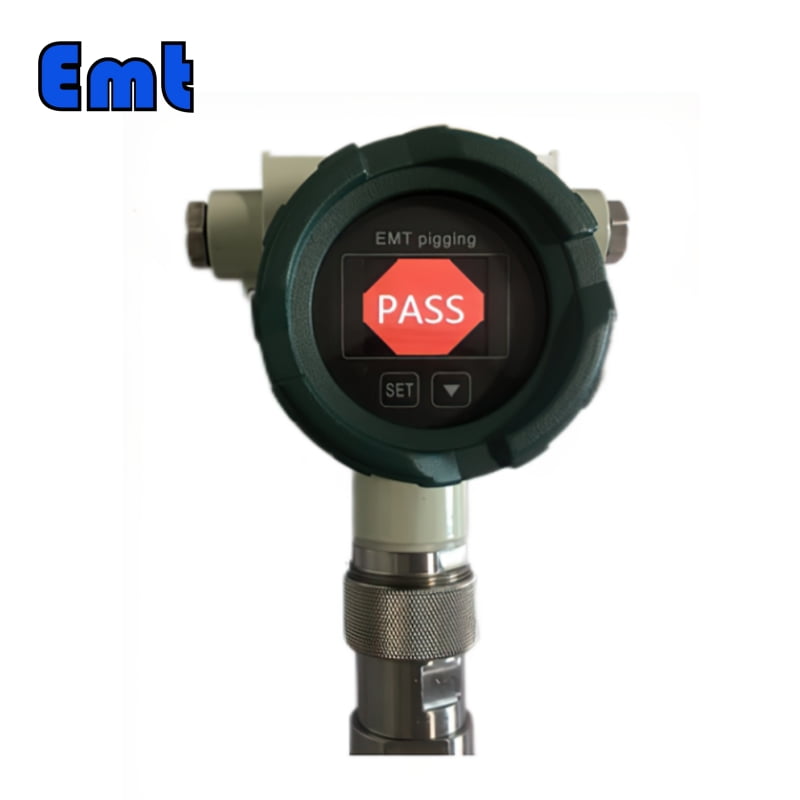
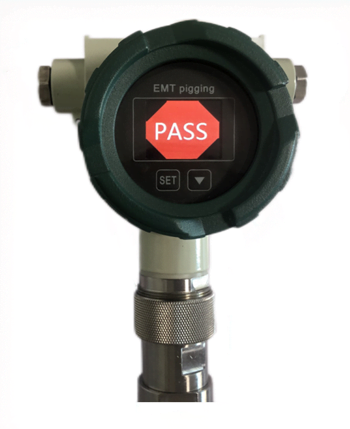
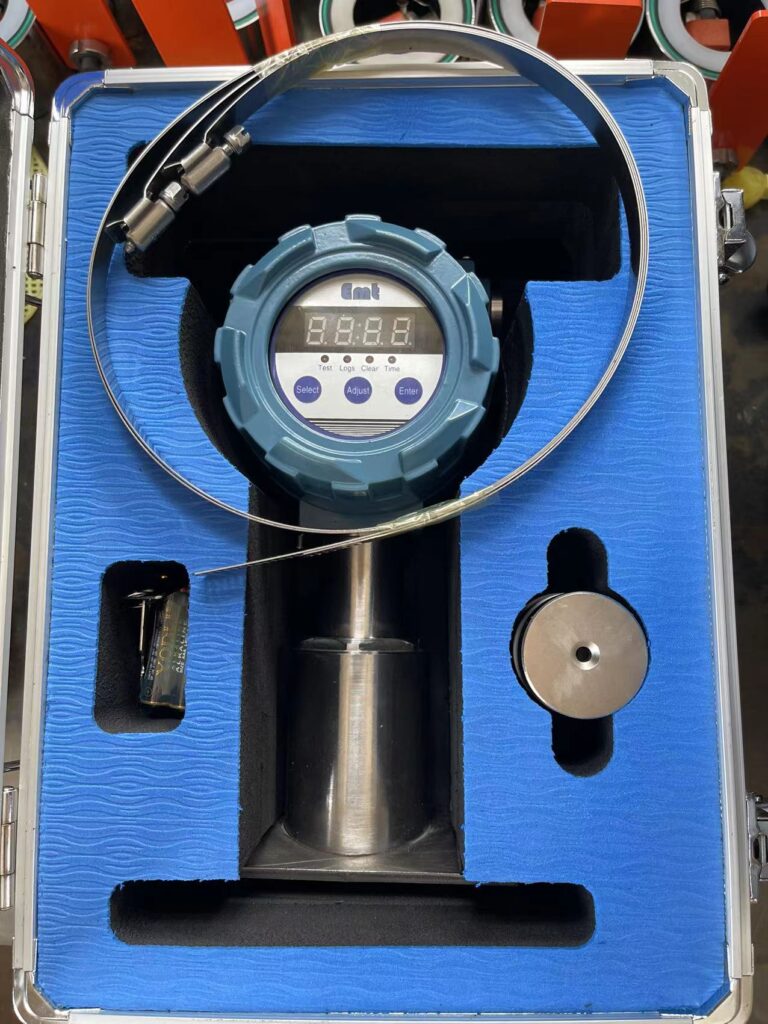
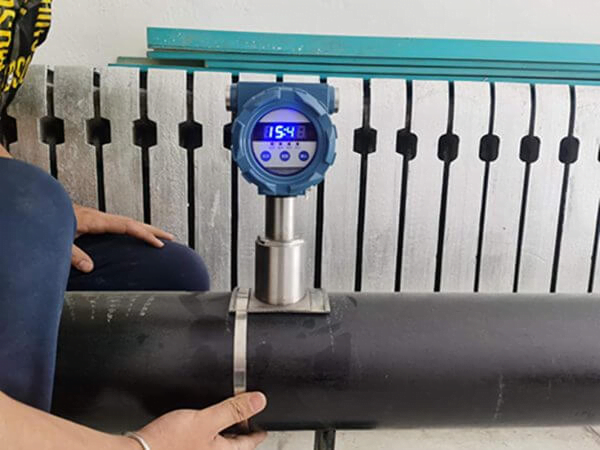
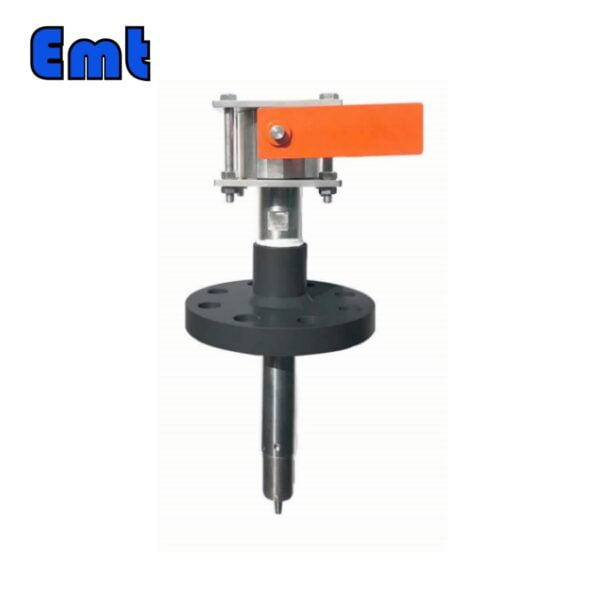
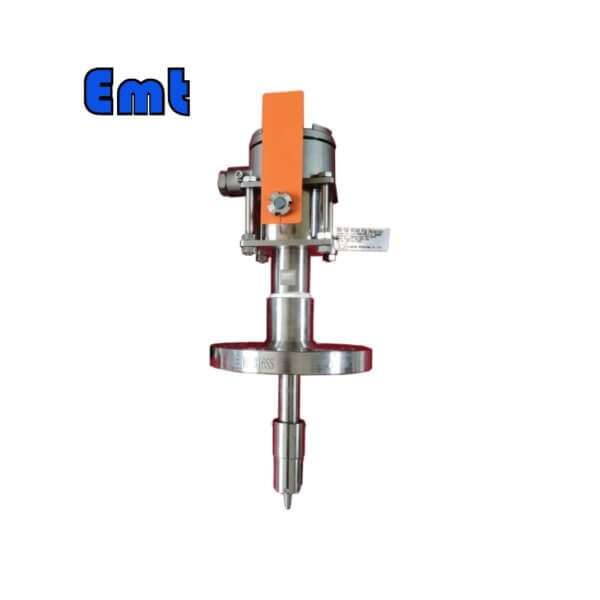

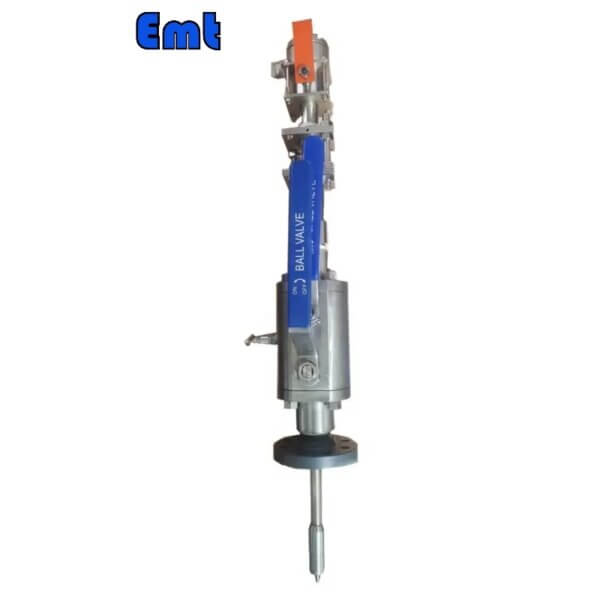
Rezensionen
Es gibt noch keine Bewertungen.